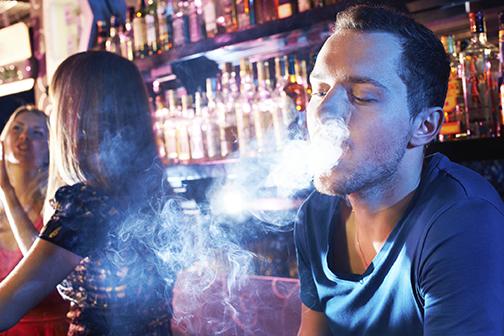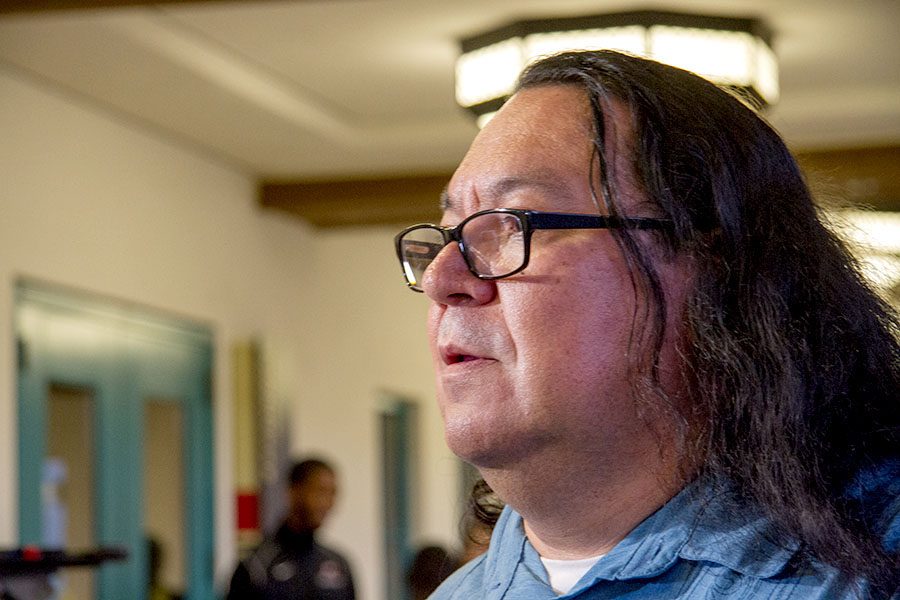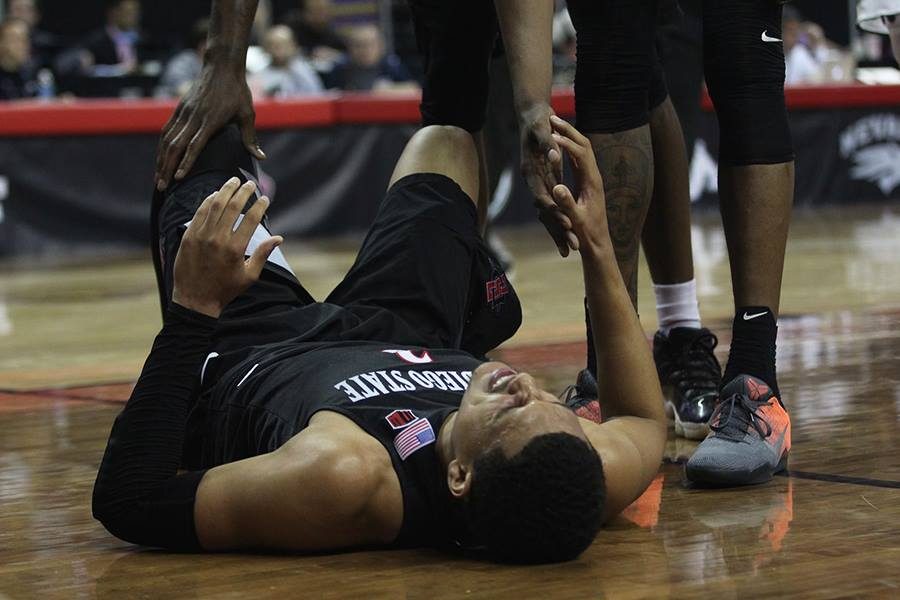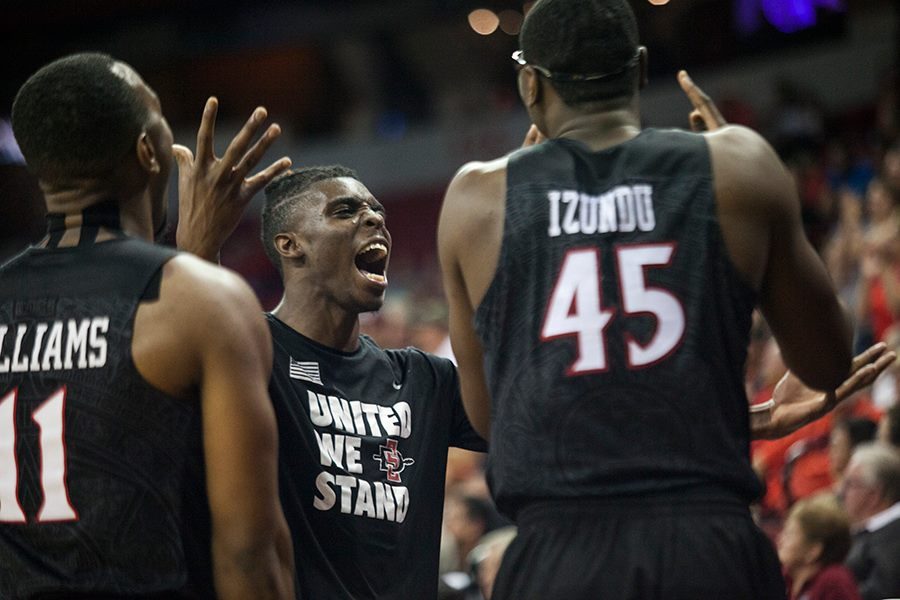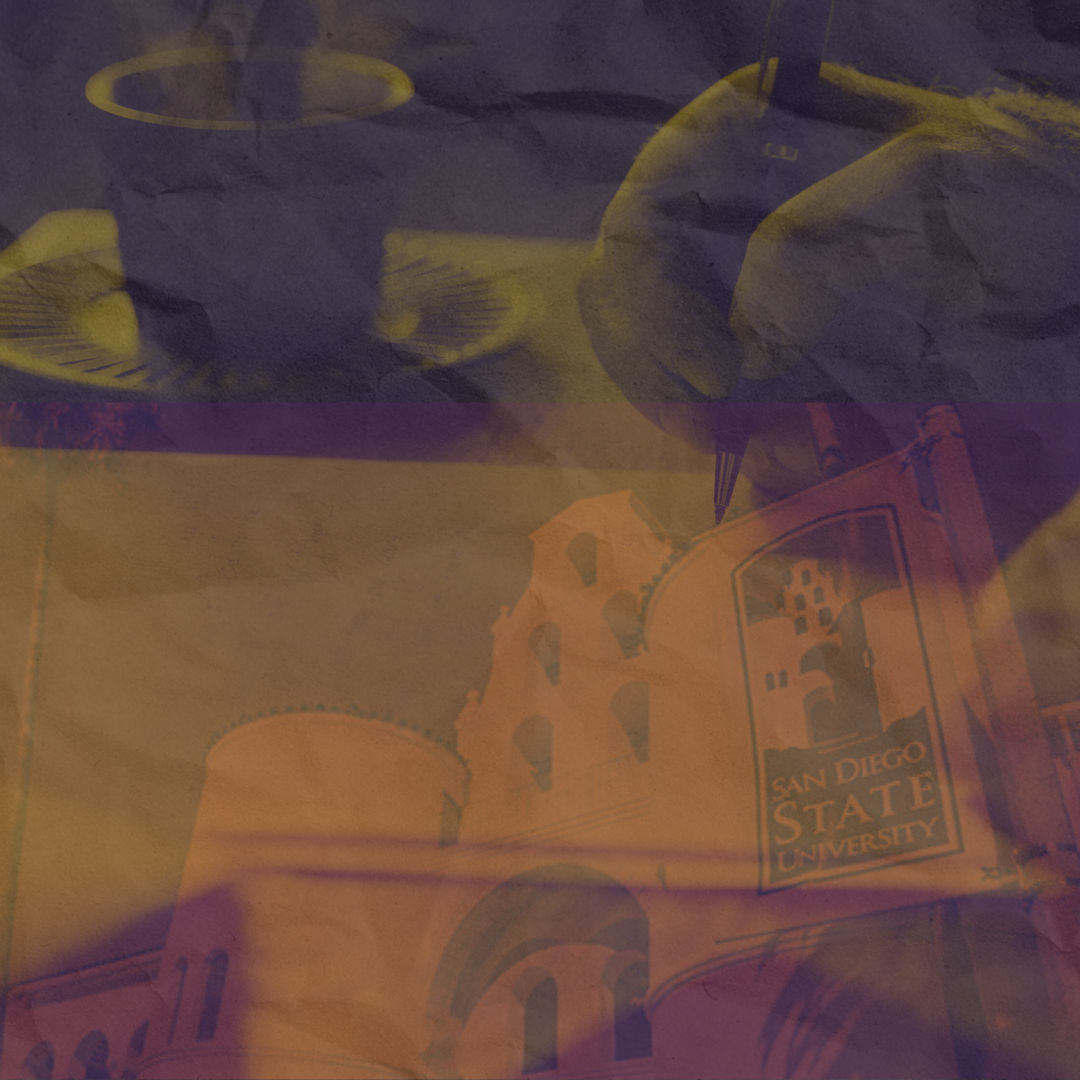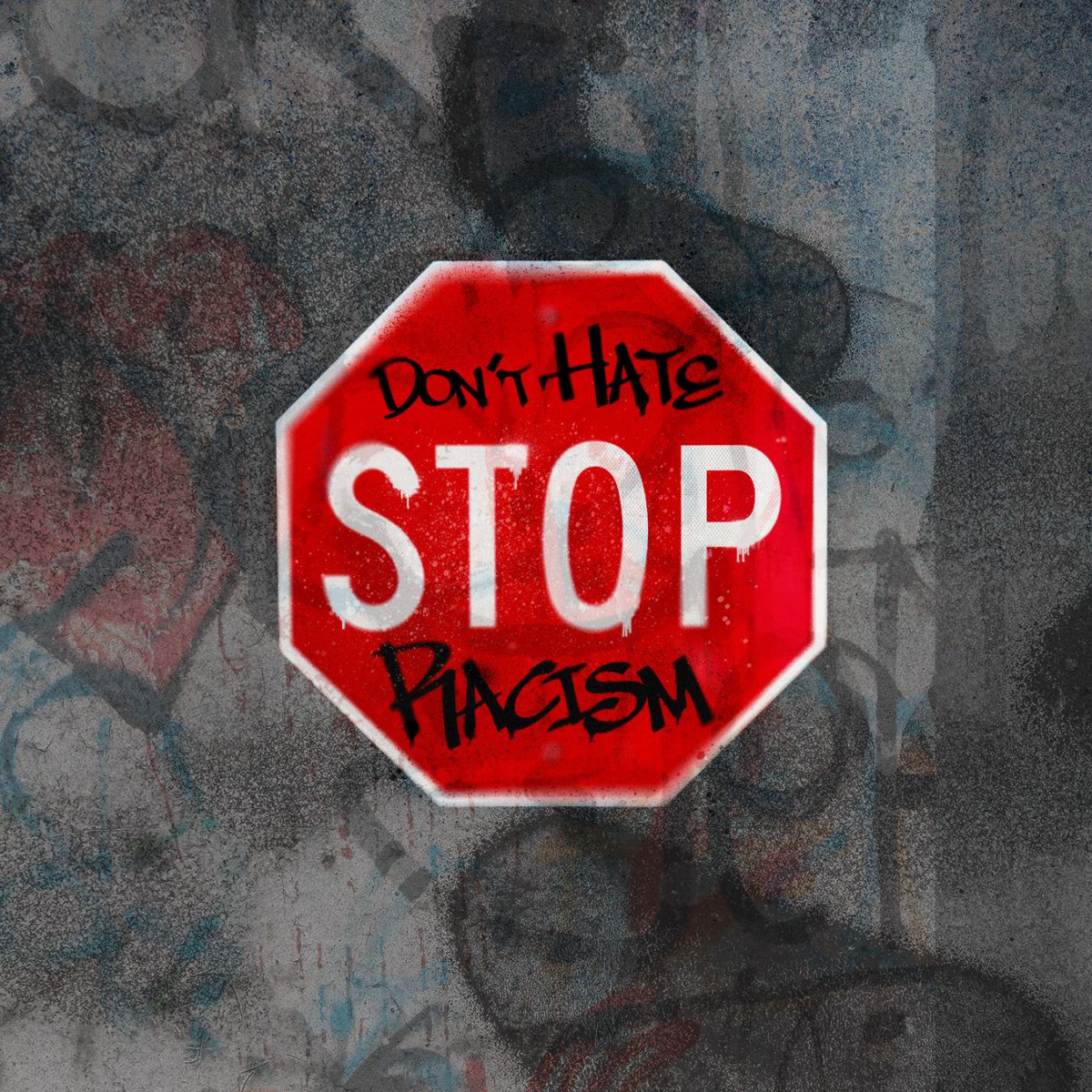A San Diego State professor has recently published a study proving that hookah smokers, as well as non-smokers exposed to hookah smoke, showed a significant increase in the uptake of benzene, a chemical substance associated with an increased risk for leukemia. This study has been supported by both The American Cancer Society and the Flight Attendant Medical Research Institute.
When smoking hookah, smokers not only inhale toxins and carcinogens found in hookah tobacco smoke, they are also inhaling large quantities of charcoal combustion-generated toxic and carcinogenic emissions, according to American Association for Cancer Research.
“In contrast to what is believed, hookah tobacco smoking is not a safe alternative to smoking other forms of tobacco,” Nada Kassem, associate director at the Center for Behavioral Epidemiology and Community Health and author of the study, said.
The study involved analyzing levels of S-phenylmercapturic acid, a metabolite on benzene, in the urine of 105 hookah smokers and 103 non-smokers. Researchers found that SPMA levels were four times higher in hookah smokers and two times higher in non-smokers after attending a hookah lounge event. The same levels were also increased in smokers after attending a private home event, according to the study.
“These results indicate that smoking hookah is no safer than other kinds of tobacco smoking and that regulations should reflect that reality,” Kassem said.
Political science sophomore Jesse Silgero said he smokes hookah on a weekly basis.
“I knew there were risks from smoking hookah, but since I don’t smoke it as often as people smoke cigarettes, my mind is not changed about how much I smoke it,” Silgero said.
Smoking hookah for one hour is equivalent to smoking 100 cigarettes according to the World Health Organization.
“People are misled by the tradition surrounding smoking and the experience,” epidemiology and biostatistics professor Thomas Novonthy said.
“It seems goofy that students would want to expose themselves to these carcinogens.”
There are many misconceptions and myths surrounding smoking hookah.
“Some people believe that because hookah smoke is filtered through water before being inhaled, it’s somewhat safer than smoking cigarettes, or other forms of tobacco, but that’s simply not the case,” Kassem said.
Other misconceptions about hookah could be fueled by the lack of regulation on labeling of hookah tobacco and charcoal products, which may mislead consumers. Hookah lounges are also not required to display health warnings in their venues or on the hookah tobacco menus. There is also a lack of comprehensive health education programs on the harmful effects of hookah use in K-12 schools, colleges and communities at the national level, according to the American Association for Cancer Research.
“Because there is no safe level of exposure to benzene, our results call for interventions to reduce or prevent hookah tobacco use, regulatory actions to limit hookah-related exposure to toxicants including benzene, and include hookah smoking in clean indoor air legislation,” Kassem said.
Hookah has been surpassing occupational safety and health regulations such as smoking inside because it is a service and the bars are not subjecting people to the smoke involuntarily.
“Hookah bars are preying on students,” Novotny said. “It’s a predatory behavior, not a service. It is a detriment and should be regulated.”



